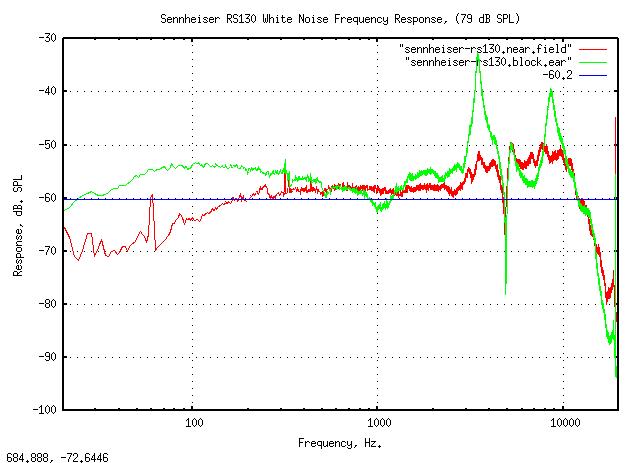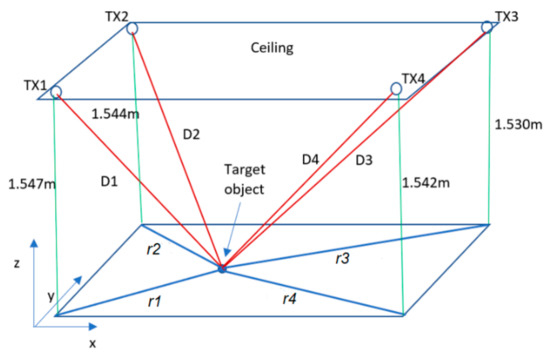


Even then, I have nearly zero understanding of how the circuit would function, or why. I don't remember what the symbols on a circuit diagram refer to without a cheatsheet. I am a trained musician and a composer who uses computers to make his compositions.Įlectronics knowledge: minimal. I will check in on this thread at least once a day and read and respond to questions and advice from anyone and everyone as best I can. I realize that people inexperienced in a particular domain tend to unknowingly include many irrelevant details and unknowingly leave out important ones. I am VERY inexperienced with electronics. I am new to this forum and am delighted to have discovered it! The FAQ stresses the need for lots of detail, particularly in posts from the inexperienced, so I have done my best. That's why a lot of classical recordings by Telarc and others with a minimal-minking philosophy were done with the B&K (now DPA) omnis, which are extraordinarily flat.My first project: a diy measurement and recording microphone using the Panasonic WM-61A electret capsule? "Classic Neumanns" and many mics designed to sound like them at lower cost (Chinese clones) have a "presence peak" starting at about 5 to 7 kHz rising to ~3 dB "hot" at 10 kHz and back to flat by the 15-20 kHz range where the response generally drops like a rock, anyway.

All audiophiles really need to register at this site run by Rycote (the folks who make the "dead cat" furry windscreens):Īnd check out how lumpy the response can be for many mics that are fairly well regarded.

Mics that sound different usually have very different FR curves, and aren't designed to be flat at all. Almost all of those mics use the same Panasonic mic capsule, which if one believes the measurements done by folks on the home theater forums, is suprisingly consistent for its low cost. TacT supplies a file with each of their units for the included mic, which appears to be very similar to the Behringer ECM8000. Good small diameter, omnidirectional measurement mics are so flat through most of the range that there is not a huge impact on the final result. How do they calibrate for the response of the mike so you aren't correcting for that along with your speakers? Different mikes sound quite different. Originally Posted by bigshot /img/forum/go_quote.gif


 0 kommentar(er)
0 kommentar(er)
